Long-term outlook stable for foreign investment capital
The decline of newly registered capital in 2022 thus far was a topic of interest at the 15th National Assembly’s (NA) ongoing fourth session, when both reports from the government and the National Assembly Economic Committee showed concern about the situation.
The governmental report showed that in the first three quarters of 2022, total registered foreign-invested capital saw a downturn of 15.3 per cent on-year, while newly registered capital accounted for 57 per cent on-year. These contours show that Vietnam has yet to take full advantage of the shift of foreign capital inflow.
“The decline in such capital may impact on the expansion plans of foreign-invested enterprises already here, the current balance, foreign exchange reserves, the interest rate, and the ability to attract high-tech projects in both the mid-term and long-term,” the report noted.
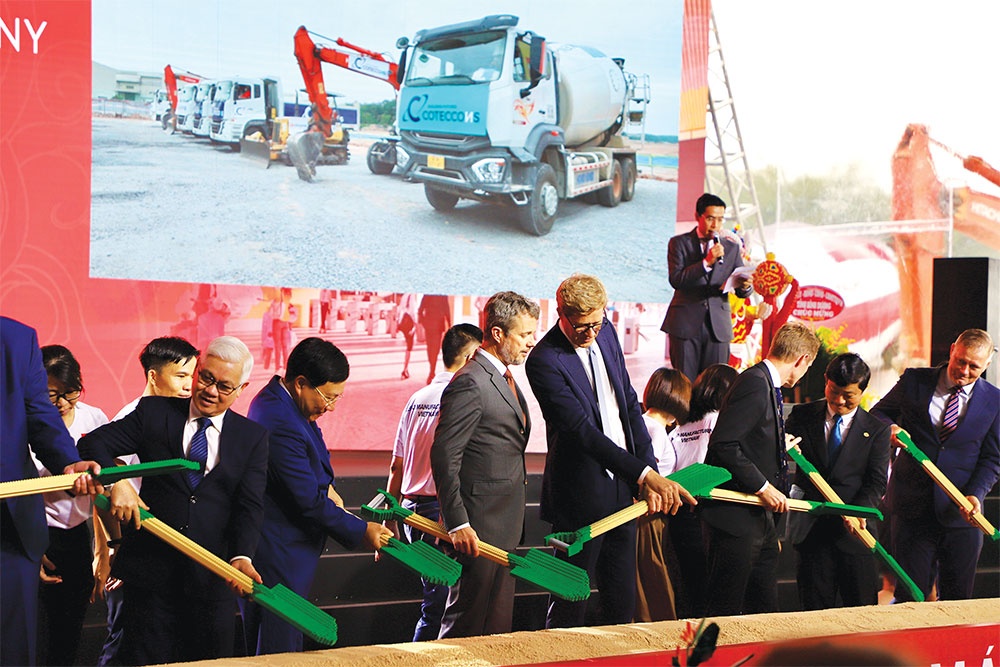 |
| Foreign investors like Lego see funding in places like Vietnam as a long-term strategy |
Meanwhile, Vu Hong Thanh, Chairman of the National Assembly Economic Committee, said, “The reduction of registered capital volume may impact the disbursement of this capital inflow, leading to an impact on economic growth.”
Statistics published by the Foreign Investment Agency (FIA) under the Ministry of Planning and Investment showed that during January-October 20, the total newly registered capital, adjusted capital, and capital contribution and share purchase stood at $22.46 billion, down 5.4 per cent on-year.
Specifically, 1,570 projects were granted investment certificates in the period, with the total registered capital of $9.93 billion, equalling 76.3 per cent from last year.
In fact, newly registered capital has been on a downward trend since February. That month, the percentage of on-year reduction was 80.9 per cent, while in March it was 55.5 per cent. The percentage of on-year reduction was down from 56.3 per cent in April to 23.8 per cent in October.
According to the FIA, stringent pandemic preventive measures and other global uncertainties in recent times have been behind the fall in registered capital.
Lowering expectations
Consecutive hikes in interest rates by the US Federal Reserve are forecast to see investors withdraw from emerging markets, which may impact the country’s capital attraction for the year, according to experts.
At a November 1-2 meeting, the Fed decided to raise the interest rate by 0.75 percentage points, bumping the federal funds rate to a target range of 3.75-4 per cent. It marked the fourth straight time the Fed has raised rates 75 basis points, as the central bank rapidly reduces liquidity to financial markets to help tackle high inflation.
According to ACB Securities, the main impact of the Fed’s move will be on foreign capital flows. In the short term, as with the history of other Fed increases, capital flows to emerging markets always reverse, and Vietnam is no exception. Other economists forecast that emerging markets will be hit by a record streak of withdrawals by foreign investors.
Meanwhile, the UN Conference on Trade and Development’s (UNCTAD) World Investment Report 2022 indicates that foreign direct investment (FDI) rebounded to reach nearly $1.6 trillion last year, but this is unlikely to be sustained.
The Institute of International Finance estimates that foreign investors pulled money out of emerging markets for the fifth consecutive month in July, the longest streak of outflows since 1995. In the first three quarters of this year, investors took out a record $70 billion from funds investing in emerging market debt, showing how recession fears and rising interest rates are shaking developing economies.
Nguyen Mai, chairman of the Vietnam’s Association of Foreign-Invested Enterprises said, “The Fed’s interest rate adjustment affects not only the world economic situation this year but also in 2023 and possibly even 2024. Some international organisations have lowered their growth global economy forecast for 2023.”
| Denmark’s Lego Group kicked off construction of its $1.3 billion factory in the southern province of Binh Duong on November 3. It is currently the largest foreign-invested project in the province to have cash poured in since the pandemic. Covering an area of 44 hectares at Vietnam–Singapore Industrial Park III, the plant is the largest foreign-invested facility in Binh Duong. According to Lego, the factory will be its sixth manufacturing site in the world and the second in Asia. It is part of the group’s strategy to expand its supply chain network to support its long-term development while building production facilities close to key Lego markets. |
Safer from risks
The interest rate changes forced the BIDV Research and Training Institute to adjust the forecast for foreign capital inflow in Vietnam for 2022. The institute predicts that this year, the foreign investment capital registered into Vietnam would decrease by 16-18 per cent compared to 2021. Back in April, it issued an optimistic prediction about an increase of 5 per cent in FDI on-year.
James Zhan, UNCTAD’s director of Investment and Enterprise, said, “FDI flows into developing and developed countries alike to continue falling in the short term. It seems that developing countries over the course of the rest of 2022 will suffer from the decline in FDI.”
To minimise the impact of the Fed’s moves, the State Bank of Vietnam revised up interest rates by 1 per cent at the end of September. Commercial banks then increased their savings interest rates, affecting the credit supply for businesses, especially exporters.
The interest rate increase was deemed a timely action because otherwise, the short-term capital inflow in Vietnam would immediately be impacted, said Pham The Anh, lecturer at the National Economics University. “There will be no enormous withdrawal of foreign investors from Vietnam because they determine that their investments overseas are long-term strategies. Solid medium-term economic fundamentals are factors making foreign investors feel secure,” Anh added.
According to Asian Development Bank country director Andrew Jeffries, Vietnam is less affected than many other countries in Asia as it does not have significant government debt in the international bond markets and has a relatively low public debt of 43 per cent of GDP. “Vietnam does not face any particular risks of this kind, so there is no need to worry too much about a declining FDI scenario, at least in the short term. However, the government needs to ensure a stable exchange rate because when investing in a country, investors want predictability,” said Jeffries.
FDI disbursement in Vietnam during January-October 20 rose by 15 per cent on-year to $17.45 billion. The total disbursed sum this year is projected to hit $21-22 billion, up 6.4-11.5 per cent on-year.
| Vu Kim Thanh - Deputy director, Vinh Phuc Industrial Zones Management Authority The decline in foreign investment capital inflow will only happen for a moment. In the mid- and long-term, Vietnam is an eye-catching investment destination. The foundation for this positive prediction is the opened investment opportunities that Singaporean and Malaysian investors shared in the framework of the investment promotion events organised by Vinh Phuc People’s Committee in late October. Hundreds of foreign investment funds, leading banks, and financial groups participated in the events to study the investment environment and look for opportunities in the manufacturing and industrial real estate sectors in Vietnam in general, and in Vinh Phuc in particular. The leader of the provincial people’s committee proposed to cooperate with the Malaysian Investment Development Authority to support the investors who pay attention to the province, and simultaneously cooperate to develop the supply chain for automobiles, electronics and electricity, machinery, medical equipment, and also renewable energy. Besides that, in the trip to visit the Malaysia-based Dell APCC2 factory, the group’s leadership showed an interest in visiting the province to study investment opportunities in the upcoming time. Furthermore, many current investors are working with provincial leaders and the industrial zones management authority to discuss their expansion plans. Especially, the disbursement ratio of newly-registered is quite high. Many industrial real estate developers are waiting for the approval of the province’s industrial zone planning to register to develop them. These positive signs make us trust on the bright foreign investment picture. Tran Thi Thu Huong - Deputy general director Long Duc Industrial Park We are busy working with foreign-invested enterprises (FIEs) that have the intention to invest in new projects in the province. Besides that, many customers in Long Duc IP have plans to expand their operations here, showing that Vietnam is also an attractive destination for FIEs. The country’s foreign-invested capital attraction has shown signs of a slowdown, but it does not impact many foreign investors like Sojitz’s expansion plan in Vietnam because we predict that this slowdown is just for the short term. Meanwhile, the company’s investment in Vietnam is a long-term and sustainable strategy. We place a priority on selecting Vietnam for our expansion plans due to political and social stability, which is the most important factor that multinationals pay attention to when they invest overseas. We are also working with our partners to expand our industrial zone network across the country. We prefer cooperating with partners who have experience in dealing with admin procedures and land clearance. Sojitz will then be in charge of developing the infrastructure and marketing. |
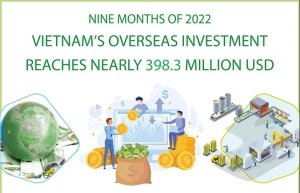 | Vietnam’s overseas investment reaches nearly 398.3 million USD in nine months Vietnamese enterprises have invested over 347.3 million USD in 80 new projects in the first nine months of 2022, rising 2.31-fold year on year, according to the Ministry of Planning and Investment. |
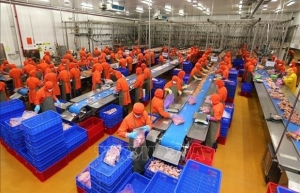 | FDI inflows reach 22.46 billion USD in 10 months Foreign capital inflows fell whereas disbursed capital rose in the first 10 months of 2022, according to the Foreign Investment Agency (FIA) under the Ministry of Planning and Investment. |
What the stars mean:
★ Poor ★ ★ Promising ★★★ Good ★★★★ Very good ★★★★★ Exceptional
Related Contents
Latest News
More News
- Pandora breaks ground on $150 million factory in Binh Duong province (May 17, 2024 | 12:29)
- Huawei keen on AI development in Vietnam (May 17, 2024 | 11:37)
- Foxconn continues to expand production in Vietnam (May 17, 2024 | 08:26)
- ST Telemedia and VNG launch data centre partnership (May 17, 2024 | 08:24)
- VNDirect invests in food operator (May 17, 2024 | 07:44)
- Multinationals keen to thrash out global tax arrangements (May 15, 2024 | 18:00)
- Huge capital currently out of reach for steel transition (May 15, 2024 | 14:58)
- FDI focus for twin transition intensifies (May 15, 2024 | 14:34)
- Long Son Petrochemicals expected to start commercial operations in August (May 15, 2024 | 12:15)
- Vietnam and Denmark cooperate on food and agriculture (May 14, 2024 | 18:50)

 Tag:
Tag: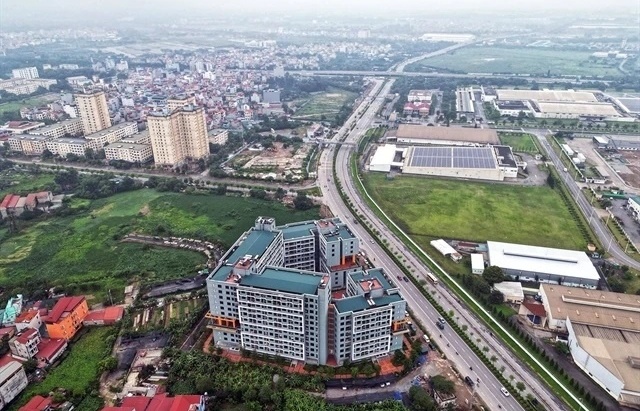
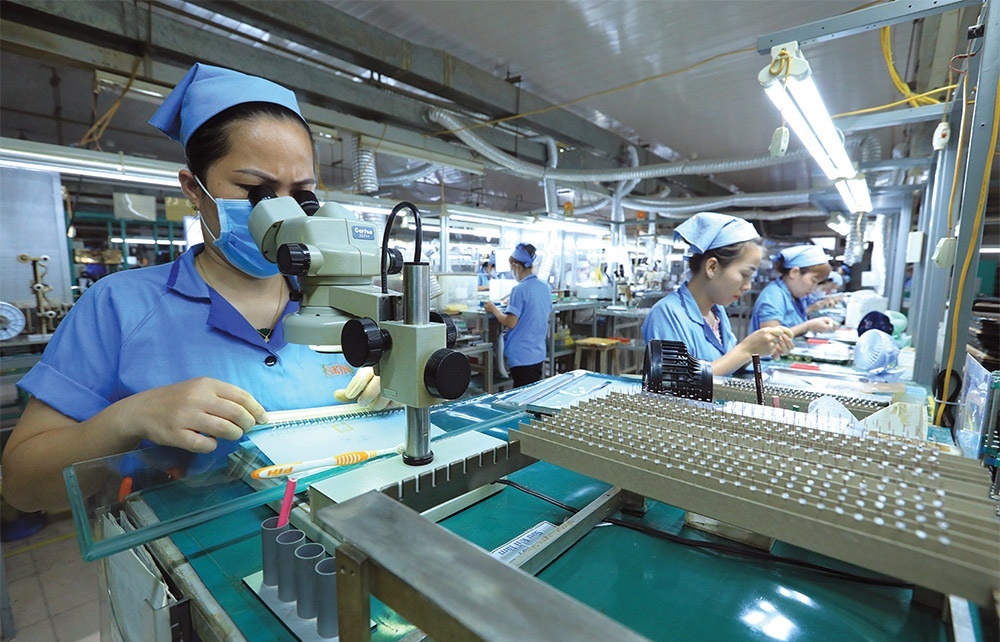
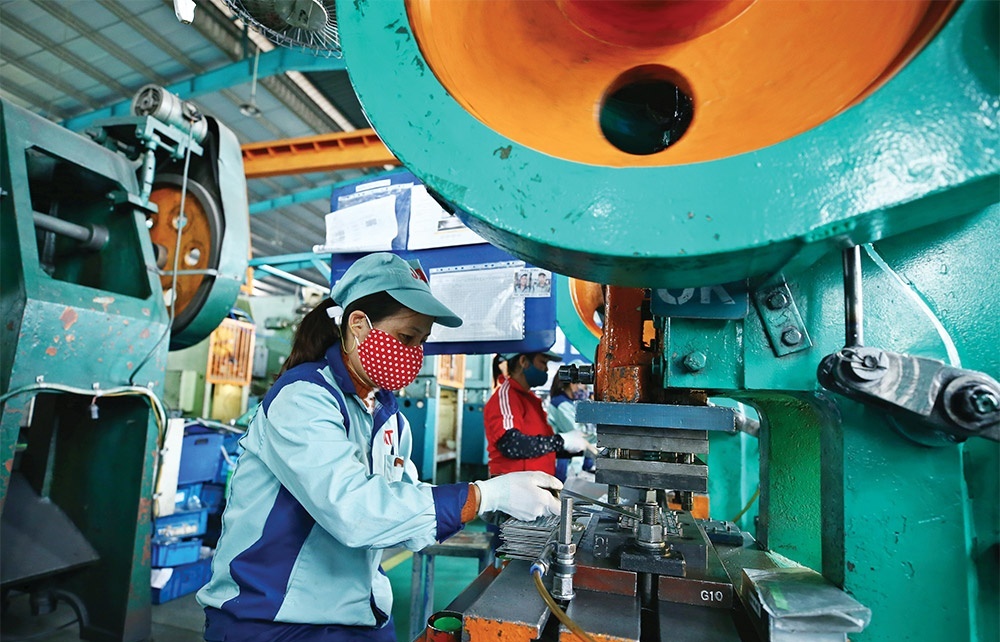
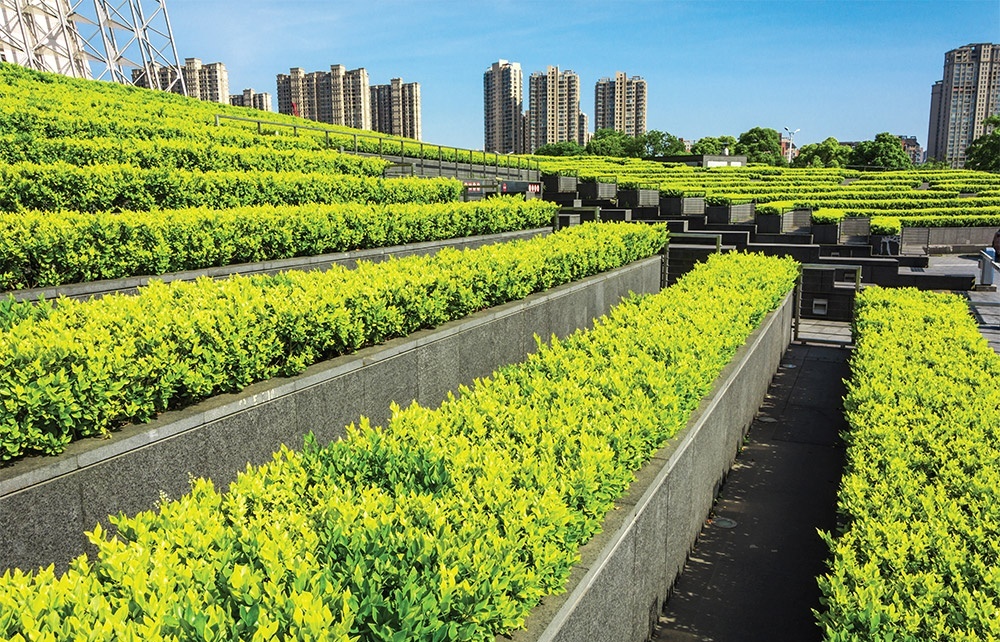
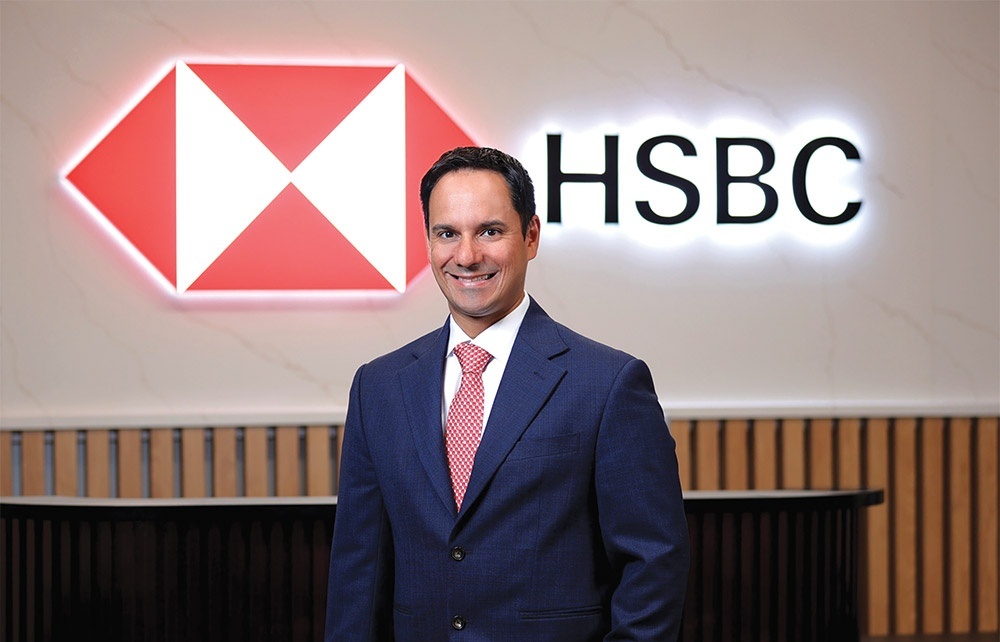
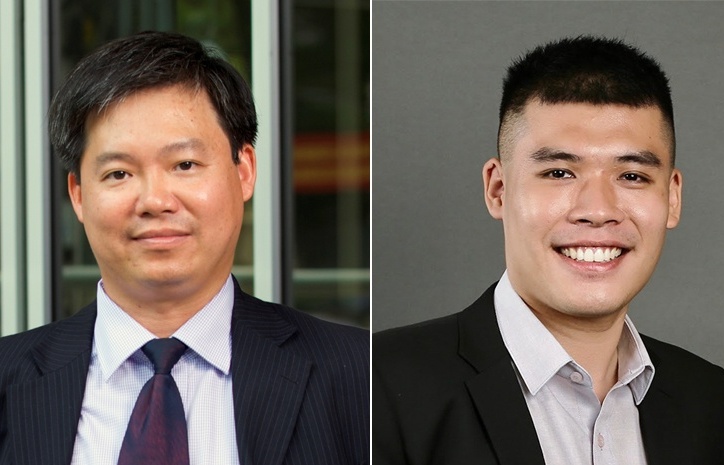

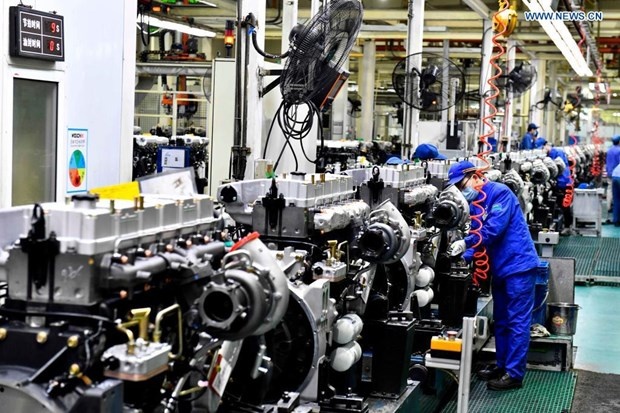
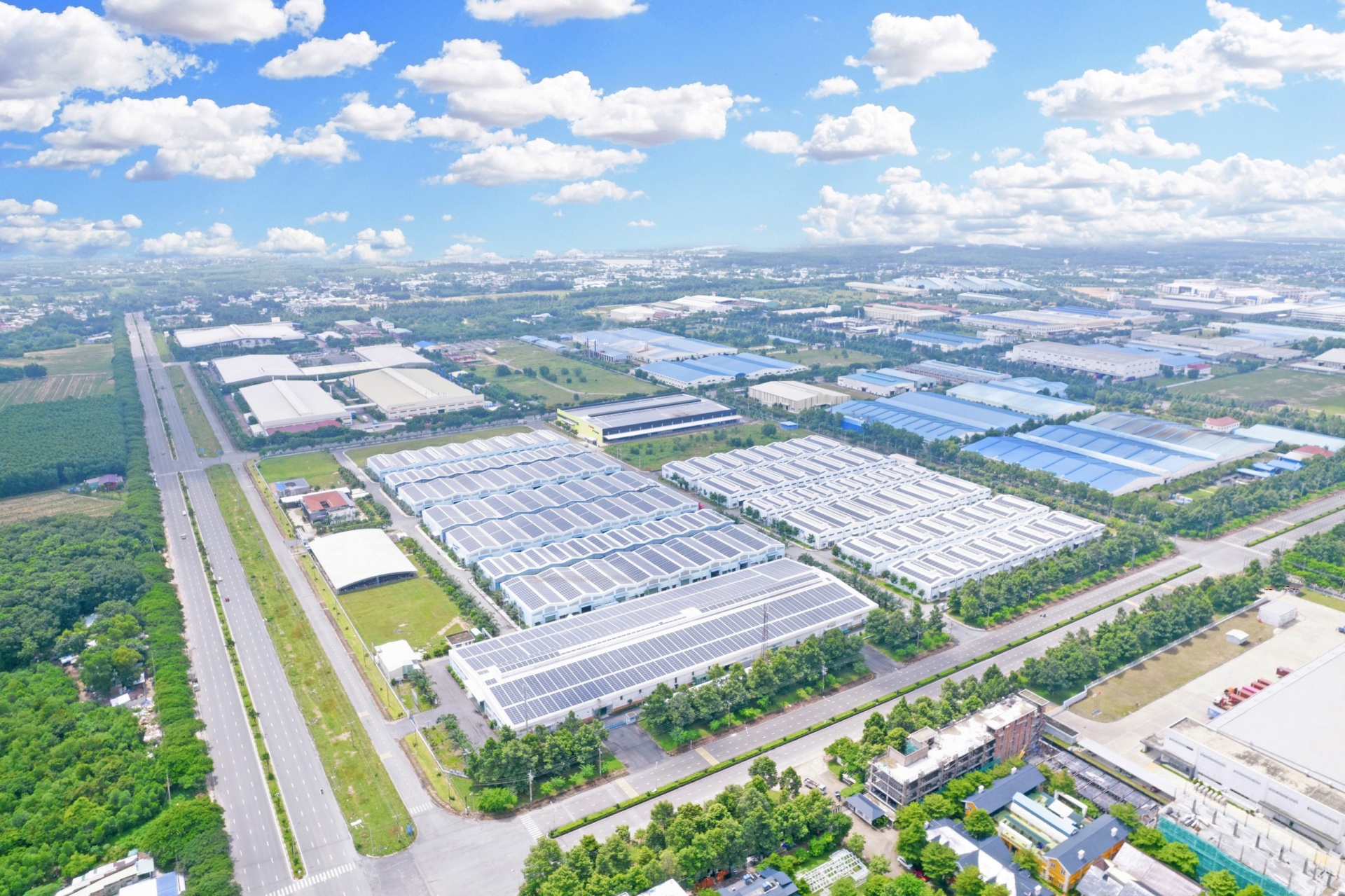
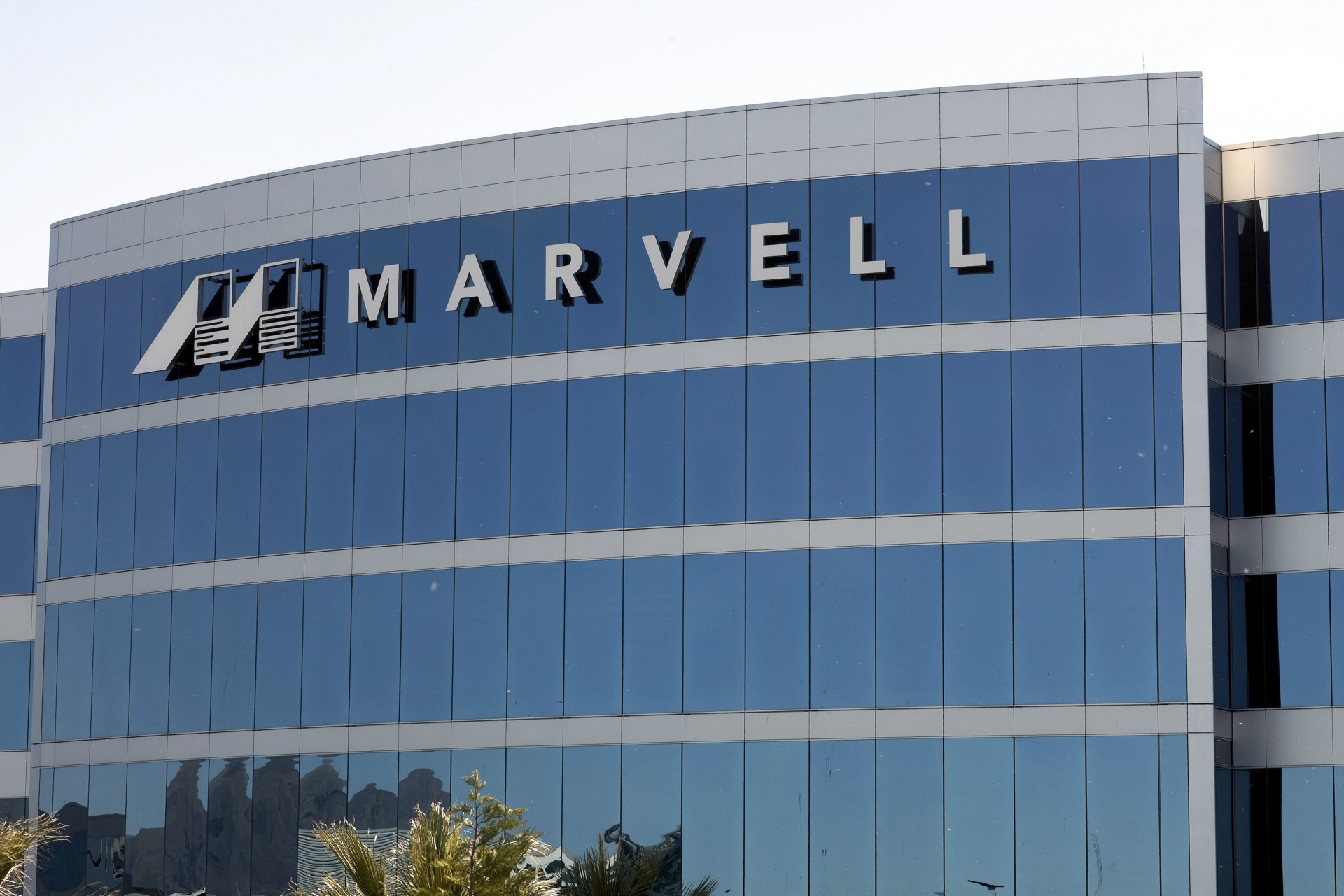




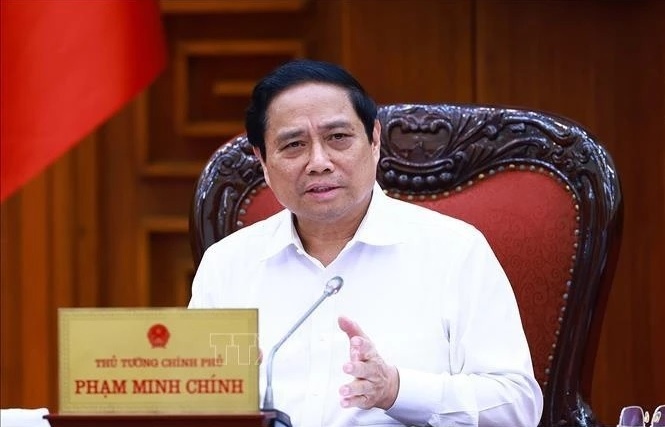
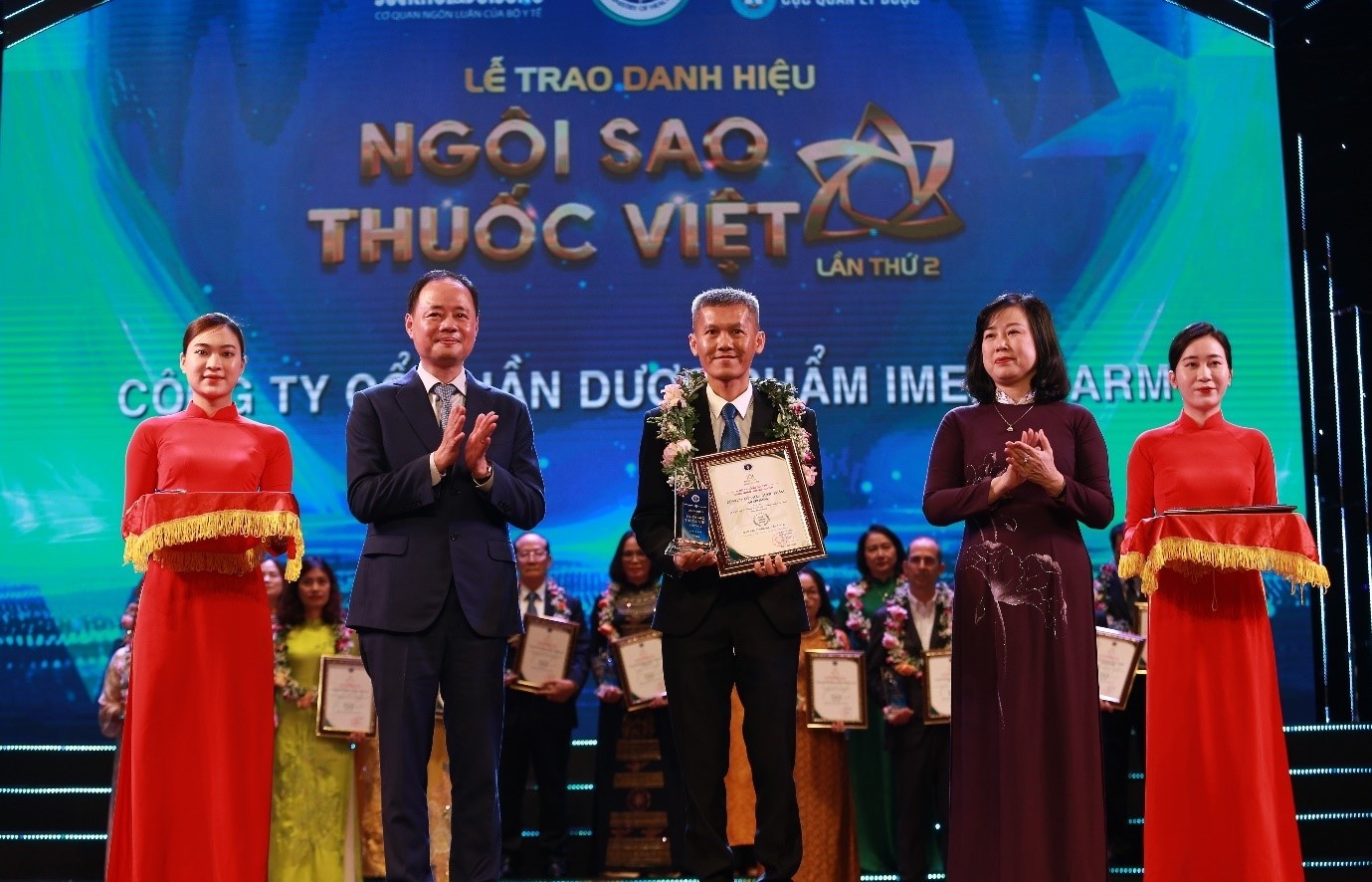



 Mobile Version
Mobile Version